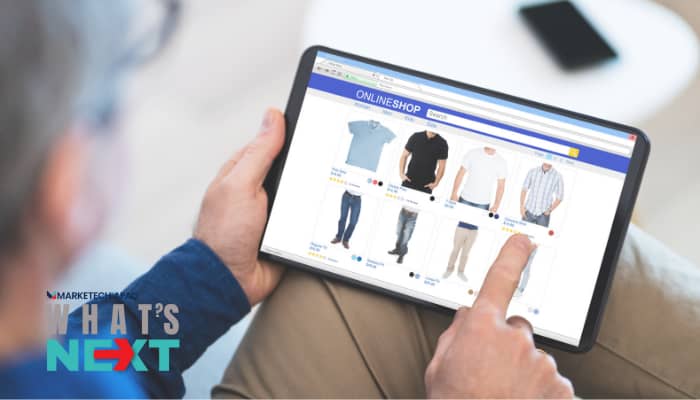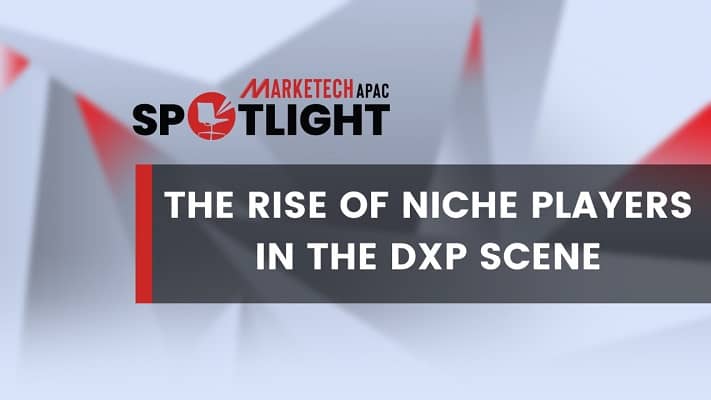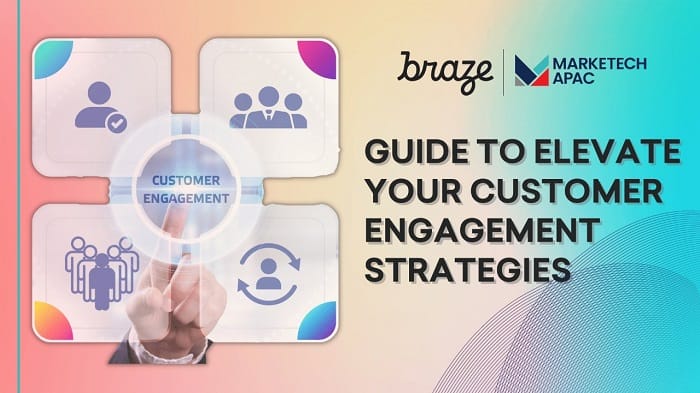Why do marketers need digital experience platforms (DXP)? The answer is simple. Most people check out a brand online before they walk into the store, or check out its physical office, or if they even have one at all. And this touchpoint has become even more ingrained in a consumer’s journey in the new normal, where lockdowns have dampened the relevance of brick-and-mortar stores.
According to the latest E-conomy report by Google, Temasek, and Bain & Company, the Southeast Asia region is charging ahead at full steam, having added 60 million new digital consumers to the internet economy since the pandemic started, with 20 million of them joining in H1 2021 alone. And this will further increase as e-commerce becomes the be-all-and-end-all of consumers’ shopping demands.
DXP as the vital baseline of consumer experiences
When we walk into a store, say Uniqlo – the entire experience matters – from the lighting, the smell, and the layout to the customer service and the checkout experience. Now imagine trying to replicate this online, purely digitally – you take away the physical elements like touch, smell, and feeling of being in the store; so what you have to do is to ensure the online experience is as powerful as possible to instill positive emotions in the customer.
In the case of digital experience, this will be the user interface, the simplicity of navigation, the speed of page loading, the personalization of the page itself, and micro components to make the experience enriching while being bespoke, along with the checkout process remaining seamless, the omnichannel engagement fulfilling, among many others. If the experience is positive across the customer journey and all the multiple touchpoints, then the customer’s experience towards the brand will naturally be uplifting, leading to more engagement, advocacy, sales, and loyalty.

Digital experience has been way underrated – brands spend many more times the budget on traditional campaigns, loud billboards, and posters, but all these are turning into spam and noise for the customer. Even if the advert catches their eyeballs, and they land on a website that is poorly designed, all that money spent will be in vain. However, a superbly executed website or app has the potential to go viral effortlessly simply because of human nature – we experience something good and we want to share it with others, and if the site is made to be shareable easily, then it will proliferate.
There are many ways to measure DXP ROI – but rather than using a template and then measuring that against variables which may not matter or are very intangible, using a composable DXP allows you to build a martech stack against a specific business objective. So, for example, with all things being equal, you want to measure increase in conversions – adding a shopping cart + marketing automation and then tracking the differences over a period of time, or against the same interval as compared to last year or years before – this will allow you to see the incremental gains which you can then use against the tech/resource investment to get the ROI.

Breaking ROI down into specific objectives will allow marketers to pinpoint what really works for them and what doesn’t, rather than get a digital transformation solution that costs millions and waiting for a couple of years for that to ‘transform’ the revenue. It simply doesn’t work that way; apart from the tech investment, there is also change management you need to take into account – the retraining of people and reshaping of processes in order to fit the new ‘solution’, not to mention the attrition as well.
Asia is one of the most creative and competitive markets in the world, and they are constantly leading the pack with innovative ways of engaging the customer. For some of the brands, there is a ‘family business’ approach where marketers work in silos, and for the others, they pay millions of dollars a year for solutions that they barely even use 10% of.
As marketers get savvier digitally, and the role of digital leaders become more empowered, they will be able to focus their investments better and get better ROI from those investments, as well as use agile solutions to adapt rapidly to changes in the market in order to take advantage of these disruptions.
The new marketer is the one who sees change as an opportunity, not as a tragedy. And with this new normal, the future of DXP in Asia is really the only way to go – whoever can embrace digital first, will displace the competition first. And once you gain that foothold, the others can only play catchup. Our younger generations are digital natives, and digital is the future as the world becomes a giant online city.

This article is written by Don Lee, managing director for APAC of CMS provider Magnolia.
The article is published as part of MARKETECH APAC’s thought leadership series What’s NEXT. This features marketing leaders sharing their marketing insights and predictions for the upcoming year. The series aims to equip marketers with actionable insights to future-ready their marketing strategies.
If you are a marketing leader and have insights that you’d like to share with regards to the upcoming trends and practices in marketing, please reach out to [email protected] for an opportunity to have your thought-leadership published on the platform.















